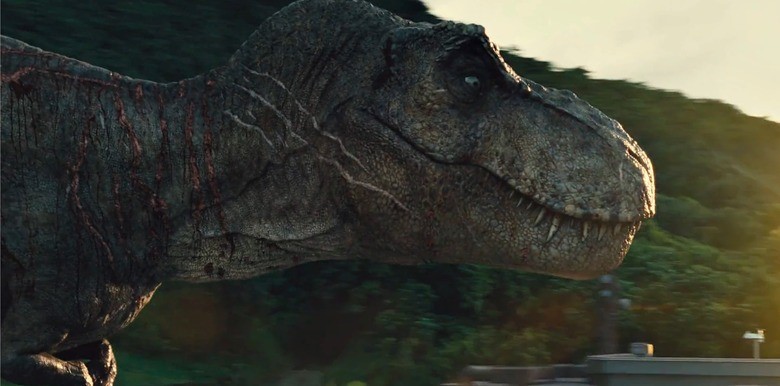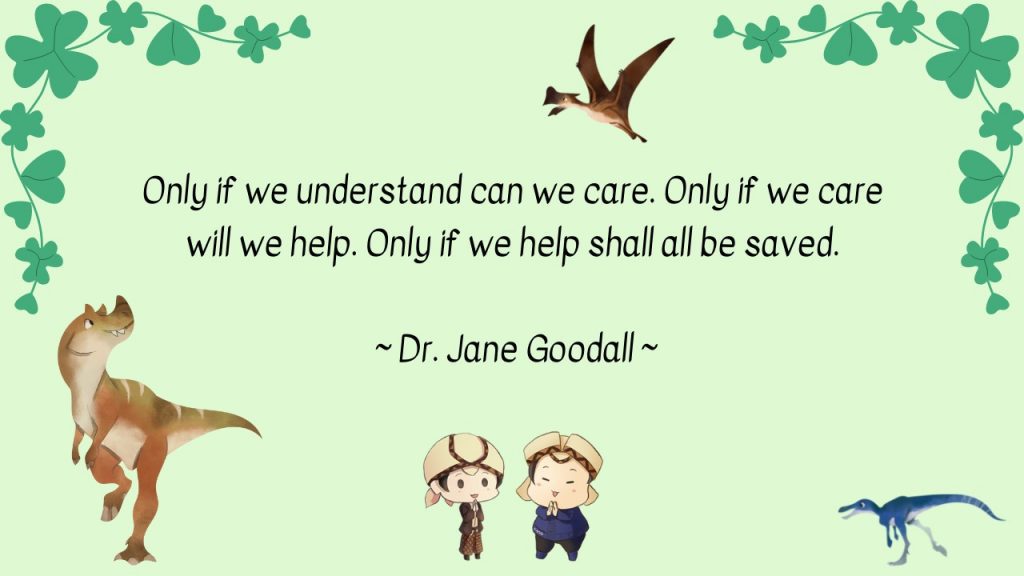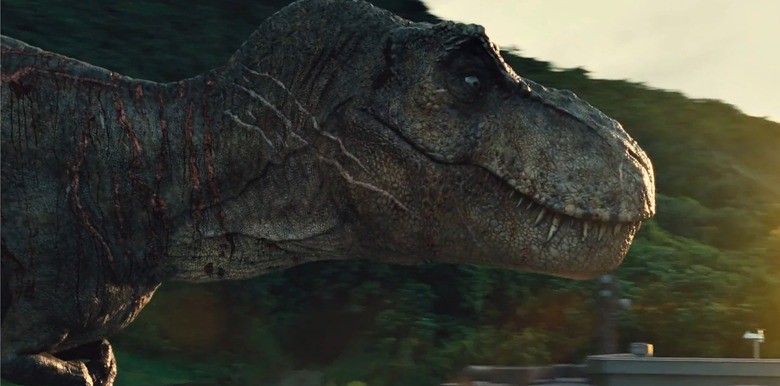Our Modern Fantasy on Dinosaur Might Break the Very Concept of Conservation
Wait! What now?

Figure 1. Would you like dinosaurs to be cloned or not? (Source of Image: https://www.slashfilm.com/)
Thanks to Jurassic Park, the idea of bringing dinosaurs back to life hits the pop-culture table and it gains quite a fame. But, yeah, we surely need not to be presented with arguments on why such idea might bring more bad news than good news. We have already got 2 novels, 5 movies (on the way to be 6), and a cartoon series on Netflix to explain just that after all. Yet, a major reason on why the topic should just stay as a sci-fi fantasy might have slipped past our attention.
Resurrecting dinosaurs is indeed impossible as DNA being organic matters means they are also degraded by time – and the gap time of 65 million years seals the possibility of any dinosaurs’ DNA surviving to the modern time. Still, what of other animals? Dinosaurs might be out of reach, but the concept would still apply nevertheless on what the subject of resurrection is. For example, today’s scientists are working their best to clone a woolly mammoth by taking cells recovered from a frozen carcass. The technology developed for said purpose is also hoped to be able to help humanity prevent a lot of extinction from happening.
Okay, so what? Mammoths are (probably) at best the same as modern elephants. There will be no danger of them running rampage and eating people along the way, right? Furthermore, the effort of preventing species that are on verge of extinction today is also a noble cause. Well, the said above is true, but there might be future morale complications dawning from the success of species resurrection.
First, regarding the lost species, what are we going to do once we manage to bring them back? Releasing them to the wild is far from possible if not super complicated. Their natural habitats are already lost to time as well. Even if we release those species to somewhere with similar condition as when they live back then, what changes are they going to cause in the already existing natural communities? Moreover, how will the already existing species react to those changes?
Logically, the only best option is to put these ‘new’ species in manmade habitats or facilities. Then, in that case, what is the true value of these species in our time? Are they just going to be the acclaimed fruits of modern science? Are they simply – back again to the idea proposed in Jurassic Park – going to be educational and entertaining attractions? If so, we can say that these species have no difference whatsoever with roller coasters in parks or dioramas in museums. In that essence, at the end of the day, can we still use the excuse of conservation of nature as the justification of our action?

Figure 2. Where are the resurrected species going to be put once cloned? (Source of Image: https://www.canadiangeographic.ca/)
The second issue coming from species resurrection is the possibility of applying the technologies used in the matter on today’s species in order to help them escape extinction. The purpose is indeed righteous, but it might also generate some future dilemmas and debates. Say we use cloning technology on rhinos and the result is their population increase dramatically from mere hundreds to hundreds of thousands, then how would people perceive this? Would it be okay for poachers then to hunt rhinos for their horns since their number could easily be increased back through cloning?
Yes, the common accepted definition of conservation is the protection of natural resources in which humans still make use of nature in the proper way. Yet, can it be said as proper to treat species, especially animals since their emotions are visible, in ways no better than how we treat products generated in factories and industries? Would there be any value left in the concept of conservation?

Figure 3. Today’s motivation (Source of Image: Personal Document)
In response to the two issues described above, one might need to ask the question: Is our attempt on species cloning comes from our need of repentance to mother nature for causing the extinction of many or from our greed to have infinite resources?
Writer’s Profile:
Geraldy Kianta, currently the Editor in Chief of Eka-citta and a student at Faculty of Forestry Universitas Gadjah Mada, Indonesia. Having interest in topics regarding environmental issues, climate change, agriculture, urban life, and English literature. Make your acquaintance with him through email kiantaaldy2110@gmail.com or Instagram @kianta_aldy21
Reference:
Ryall, J. 2019. ‘Japanese scientists make breakthrough in cloning a woolly mammoth’. Accessed at 20 December 2021, from https://www.google.com/amp/s/amp.dw.com/en/japanese-scientists-make-breakthrough-in-cloning-a-woolly-mammoth/a-48063060
